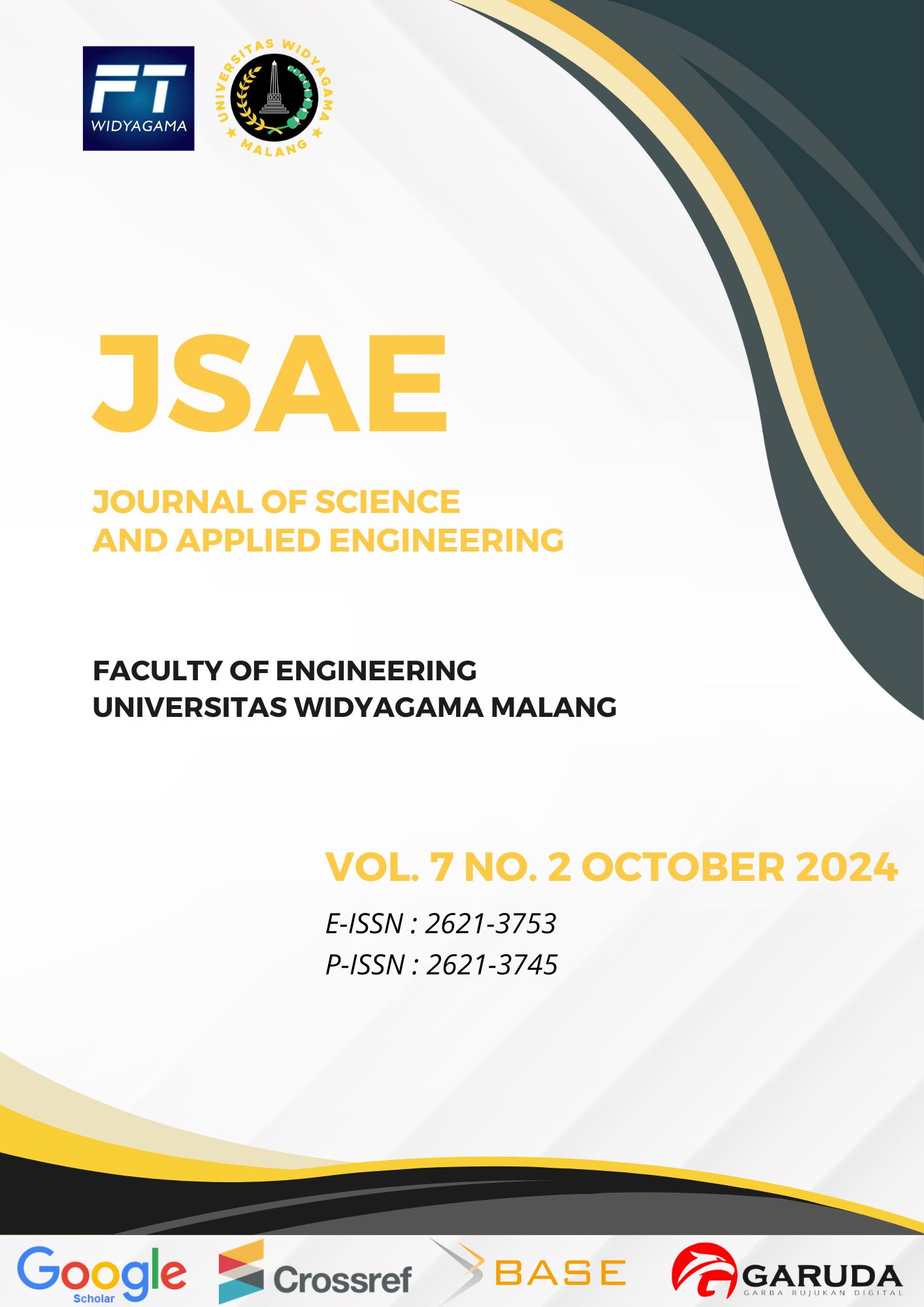AUTOMOTIVE DIAGNOSTIC APPLICATION UTILIZING THE DEMPSTER-SHAFER THEORY FOR ENHANCED ACCURACY AND RELIABILITY
DOI:
https://doi.org/10.31328/jsae.v7i2.6222Keywords:
Intelligent System, Expert System, Maintenance, VehicleAbstract
In the rapidly evolving landscape of automotive diagnostics, integrating advanced computational methods presents significant potential for enhancing accuracy and reliability. This paper presents research about a car diagnostic application leveraging the Dempster-Shafer Theory of evidence for vehicle malfunction diagnosis. The Dempster-Shafer Theory, a mathematical framework for modeling uncertainty and combining evidence from various sources, allows for a comprehensive synthesis of information from vehicle sensors, onboard diagnostic (OBD) data, and user input, providing diagnostic results with quantified confidence levels. The main problem addressed is the challenge of improving accuracy and reliability in automotive diagnostics, especially when dealing with incomplete, imprecise, and conflicting data from these diverse sources. The proposed system effectively manages this data, thus improving the robustness of diagnostic outcomes. To solve this problem, the method applied is the Dempster-Shafer Theory, which is used to manage and combine the data inputs within the application’s architecture. This architecture includes a user-friendly interface for vehicle owners and mechanics, a data processing module that applies the Dempster-Shafer Theory, and a cloud-based service facilitating continuous learning and updates. Preliminary testing indicates the system’s potential to deliver precise diagnostics, reducing vehicle downtime and maintenance costs. The comparison between the expert’s opinion and the expert system’s results revealed only a negligible difference, with the system replicating human expertise with about 95% accuracy. These results demonstrate that the applied method has successfully addressed the problem, offering a reliable maintenance and repair tool for vehicles applicable in both personal and professional contexts.References
[1] D. Siswanto, “Implementasi Internet of Things pada Sistem Monitoring Perawatan Otomotif,” in Inovasi Teknologi dalam Digitalisasi Industri, Malang: Inteligensia Media, 2021, pp. 13–30.
[2] H. G. Ronald, “The Dempster-Shafer Theory,” Encyclopedia of Artificial Intelligence, pp. 443–448, 2011, doi: 10.4018/978-1-59904-849-9.ch068.
[3] M. T. Raissa Amanda Putri, “Modul Sistem Pakar,” Raissa, vol. 14, no. 1, pp. 75–86, 2018.
[4] R. Rizky, “Sistem Pakar Untuk Mendeteksi Penyakit Infeksi Saluran Pernafasan dengan Metode Dempster Shafer di Kabupaten Pandeglang Provinsi Banten,” Prosiding Seminar NasIonal SISFOTEK, pp. 9–13, 2018, [Online]. Available: http://seminar.iaii.or.id
[5] L. Mei Bu and A. Alhafiz, “Sistem Pakar Mendeteksi Kerusakan Mobil Mitsubishi Canter 110 PS Dengan Metode Dempster Shafer”, [Online]. Available: https://ojs.trigunadharma.ac.id/index.php/jsi
[6] A. Farid and M. I. Muzakki, “Expert Interviews Regarding Vehicle Damage and its Symptoms which ofter occurs,” Malang, Mar. 2024.




